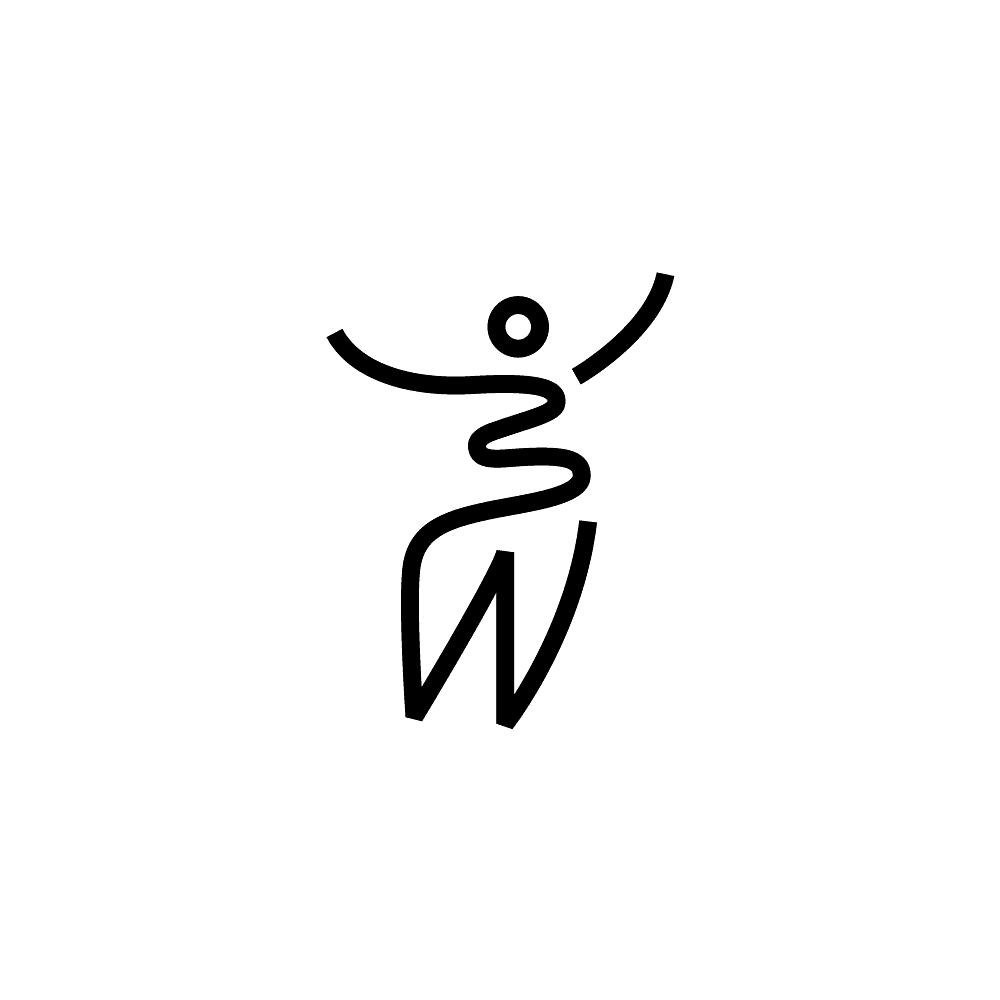The tailbone is triangular and is made up of three to five semi-fused bones. A human tail is nonfunctional.
Since many pelvic floor muscles insert into the tailbone, injuries to this area may also affect them. These muscles are responsible for defecation, running, walking, and moving the legs. They also support the vaginal area.
You can reduce tailbone tension by performing specific stretches. We describe the tailbone stretches people can use to relieve pain in this article.
Tailbone Pain Causes
Tailbone pain can be caused by a variety of health issues.
These are some of the causes of tailbone pain, but not limited to them:
- Physical injury: The most common cause of tailbone pain is damage to the coccyx or the surrounding tissues. Trauma from childbirth, such as falls and knocks, can cause coccyx injuries.
- Cartilage degeneration: As the cartilage wears down, vertebrae can rub against each other, causing back pain. Changes in the spine can also result in excessive pressure on the coccyx.
- Pelvic floor dysfunction: An injured pelvic floor muscle can cause localized discomfort.
- Infections: Infections of the spine or surrounding tissue can cause pain in the tailbone region.
- Tumours: Coccyx cancer can also cause pain.
Tailbone Pain Exercise
Tailbone pain relief exercises increase thoracic spine mobility and stretch the piriformis and iliopsoas muscles in the buttocks and hips. Thus they help in relieving pain.
Here are some tailbone pain exercises that you can try at home:
1) Cat-Cow Pose:
It stretches your tailbone and reduces the tension of tissues. To perform this exercise:
- Get in a table-top position by placing your hands directly under your shoulder and knees directly under your hips.
- Inhale and arch your back and lift your head up.
- Exhale and stretch your back up to the sky with your head down.
- Repeat this at least 10-20 times daily.
2) Single-Leg Knee Hug:
This specifically stretches the piriformis and the iliopsoas muscles.
- Lie down on the back
- Extend your feet.
- Bend one knee toward your chest.
- Hold the bent knee and pull it gently down into the chest.
- Hold for 30 seconds.
- Repeat on the other side.
3) Glute Bridge:
This strengthens the abdominal muscles, hips, and pelvic floor muscles.
- Lie on your back and bend your knees without lifting your feet off the floor.
- Keep your palms on the sides of your body facing the ground.
- Slowly lift your hips and torso towards the sky while pushing the heels to the ground.
- Hold the pose for 20 seconds and slowly lower your body.
- Repeat this exercise 10-20 times periodically.
4) Child's Pose:
It stimulates blood flow, stretches the lower back, and provides deep relaxation.
- Rest on your knees.
- Inhale and kneel forward, resting your buttocks against your heels.
- Exhale and lower your upper body onto your thighs.
- Lower your head against the mat.
- Slowly stretch your upper body.
- Repeat this position regularly.
5) Iliopsoas and Gluteal Stretch (Pigeon Pose):
This increases hip flexibility and stretches the iliopsoas and gluteal muscles on the bent leg.
- Get into the downward-facing dog position.
- Bring your right knee forward and place it behind your left hand with the ankle pointing toward the right hip bone.
- Slide your right leg backwards and try to straighten it.
- Lower your torso forward.
- You may rest on folded arms to increase the stretching.
- Hold onto the position for 30 or more seconds and repeat with another leg.
Don’t perform this exercise if you have knee problems.
6) Kneel and Twist:
It stretches your lower back and hips.
- With your right leg forward, get into the lunge position.
- Place your left knee on the ground.
- Keep your right elbow at the right knee’s inside.
- Twist your torso to the left by pressing your right elbow to your right knee.
- Place your left arm behind you.
- Hold this for 20-30 seconds.
- Release and repeat on another leg.
7) Piriformis and Glute Cross Leg Stretch (Thread The Needle):
This exercise stretches the piriformis and the glutes.
- Lie on your back.
- Raise the knees toward the ceiling with feet flat on the ground.
- Bend your left leg and rest the left ankle across the right knee.
- Loop the hands around your right thigh and pull them toward your chest for 20-30 seconds.
- Repeat on the other side.
Also Read: 10 Best Yoga Poses for Kidney ~ Effective Solutions for Healthy Kidney
Yoga for Tailbone Pain
Yoga is the best tailbone pain remedy. Below-mentioned is the asanas that you should practice for relief:
1) Dhanurasana (Bow Pose):
It opens hip muscles to provide better support to the tailbone.
- Lie on your stomach and lift your thighs and legs off the ground.
- Hold your ankles with your hands and try to stretch your legs towards the sky.
- Hold this for 10-20 seconds and repeat regularly.
2) Bhujangasana (Cobra Pose):
It strengthens the spine and helps in bowel movement.
- Lie down on your stomach.
- Keep your hands near your shoulders.
- Lift your torso up by putting your weight on your elbow and bending it as much as you can.
- Repeat at least 10 times daily.
3) Pawanmuktasana (Wind-Relieving Pose):
It flexes your back and loosens the tightness in the lower back.
- Lie on your back and inhale.
- Breath out and bring your knees to your chest.
- Hold this for 20 seconds.
- Exhale while releasing your knees.
- Repeat this exercise 10-20 times regularly.
What to Remember About Tailbone Stretches
Above yoga asanas and exercises relieve most of the causes of tailbone pain. However, it’s necessary to keep certain things in mind to avoid injury and pain, such as:
- Don’t sit for a longer duration.
- Use cushioning seats.
- Massage your tailbone.
- Make postural adjustments, such as adopting a better sitting position.
If your tailbone pain persists, then immediately consult a doctor or physical therapist.
Summing Up on Tailbone Pain Exercise
People may suffer from tailbone pain if they spend too much time sitting or doing high impact exercises, such as running or jumping. High impact exercise may cause the pelvic and hip muscles to tighten further.
While the tailbone will eventually heal, other treatments such as physical therapy, stretching, and seat cushions can relieve pain and discomfort until this occurs.












